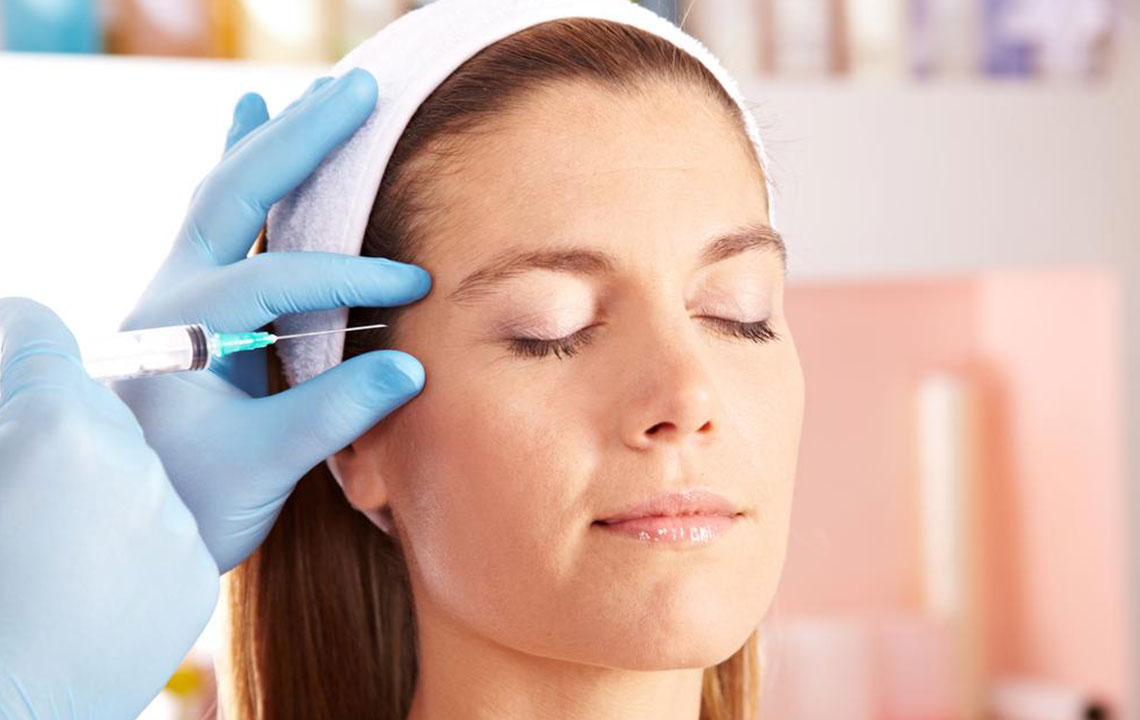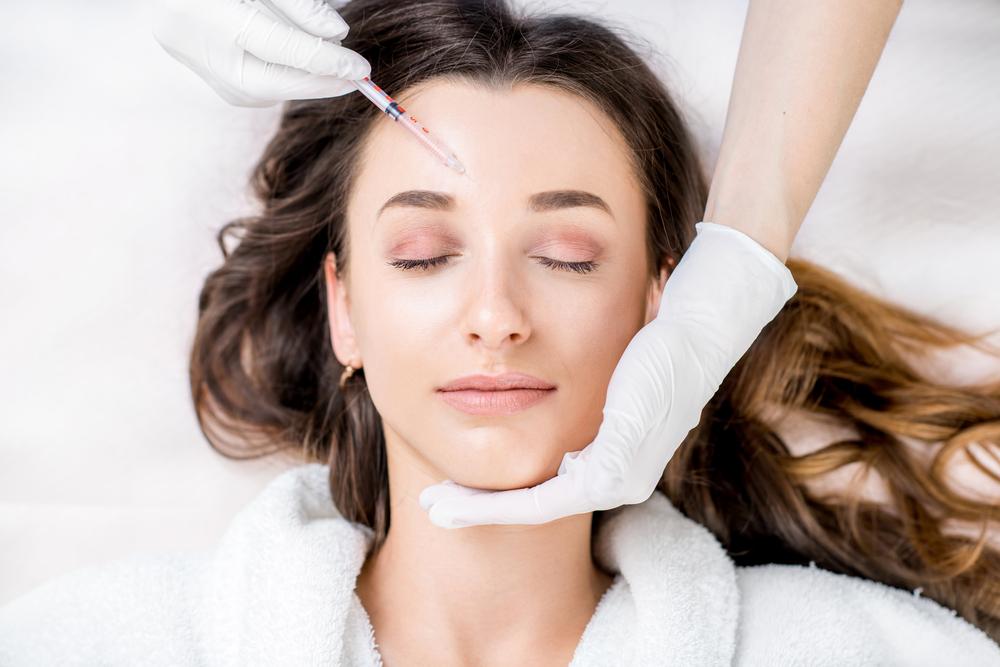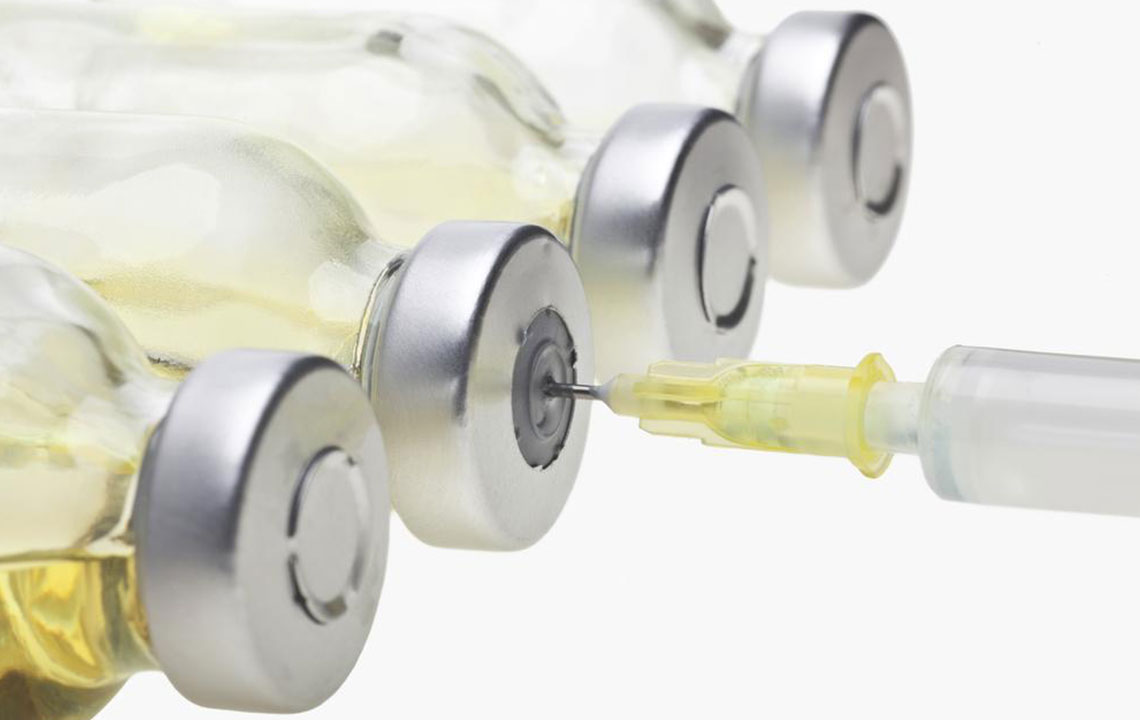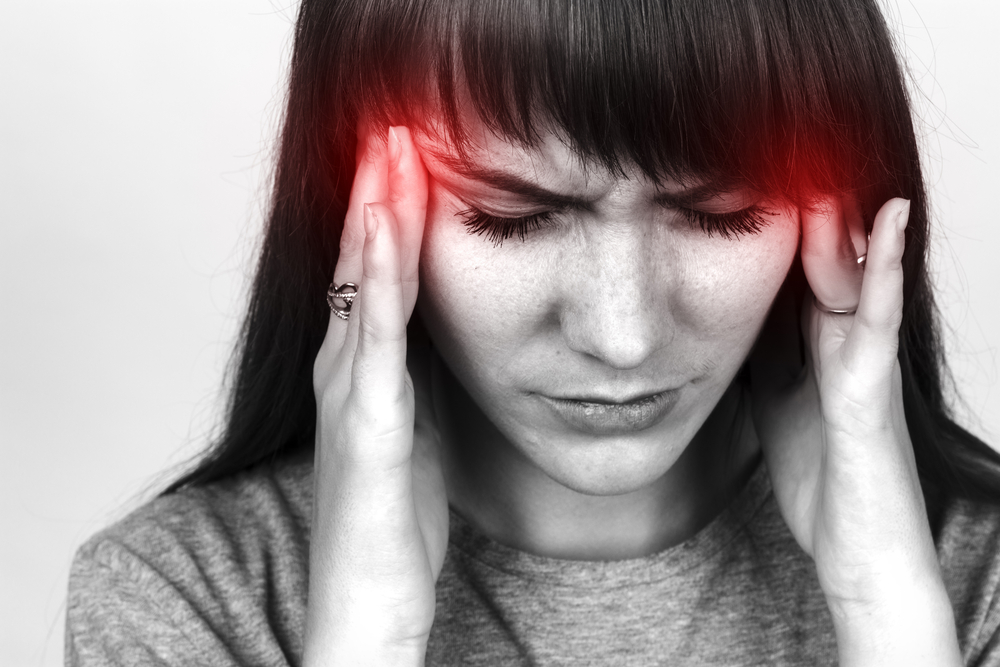Comprehensive Guide to the Top 7 Medical Uses of Botox Injections: Beyond Cosmetics
Botox, widely known for its cosmetic benefits, also offers diverse medical advantages. This detailed guide explores its top seven medical uses, including depression relief, overactive bladder treatment, migraine prevention, and more. Discover how Botox transforms patient care through innovative applications and ongoing research, highlighting its role beyond aesthetics in modern medicine.

Exploring the Top 7 Medical Applications of Botox Injections
Botox, widely recognized for its cosmetic benefits, especially in reducing facial wrinkles and fine lines, has increasingly become a pivotal element in the field of medicine. Originally derived from the potent neurotoxin produced by the bacterium Clostridium botulinum, Botox has demonstrated remarkable versatility in addressing numerous health conditions. Its mechanism involves blocking the neurotransmitter acetylcholine, leading to temporary relaxation of targeted muscles. Although its most famous role involves aesthetic enhancement, medical practitioners have uncovered a broad spectrum of therapeutic uses for Botox, transforming it into an essential tool for managing various chronic and acute health issues. This article delves into the seven most significant medical benefits of Botox injections, highlighting the science, ongoing research, and clinical applications that make Botox an invaluable asset in modern healthcare.
1. Managing Depression: Recent scientific studies suggest that Botox could play a role in alleviating symptoms of depression. The facial feedback hypothesis posits that facial expressions can influence emotional states—a theory that underpins some of the emerging research linking Botox to mood improvement. Preliminary clinical trials have observed that patients receiving Botox treatments, particularly in the facial muscles associated with frowning, reported reduced depression symptoms. While the exact biological mechanisms are still under investigation, the potential antidepressant effects open new avenues for non-pharmaceutical depression therapies. Ongoing research aims to solidify these findings and possibly integrate Botox into mental health treatment protocols.
2. Treatment of Premature Ejaculation: Although not yet approved by the Food and Drug Administration (FDA), Botox is being explored as a therapeutic option for premature ejaculation. The procedure involves injecting the toxin into specific penile muscles to reduce sensitivity and delay climax, providing lasting relief for affected individuals. Early studies and clinical evaluations are promising, indicating that Botox could offer a non-invasive, effective alternative to existing treatments. As research progresses, future approvals may expand its use in sexual health medicine, offering hope to many men experiencing early ejaculation issues.
3. Controlling Abnormal Heart Rhythms (Post-Surgical Arrhythmias): Botox is currently under study for its potential to treat post-surgical arrhythmias such as atrial fibrillation. These irregular heart rhythms pose serious health risks, especially following cardiac surgeries. Researchers are investigating how Botox injections might stabilize abnormal electrical activity in the heart by modulating nerve signals that influence cardiac function. Although in experimental stages, early findings suggest Botox could be incorporated as part of comprehensive arrhythmia management strategies, enhancing patient recovery and long-term heart health.
4. Treatment of Overactive Bladder: One of the most established medical uses of Botox, FDA-approved for overactive bladder, involves injecting the toxin directly into the bladder muscle to alleviate urinary urgency and leakage. This minimally invasive procedure provides significant symptom relief for patients suffering from overactive bladder syndrome, a condition characterized by uncontrollable frequent urination. However, clinicians must carefully monitor for potential side effects, such as urinary retention or excessive bladder shutdown, which can occur if the toxin's effects are too potent or improperly administered. Ongoing research aims to optimize dosage and injection techniques to maximize benefits while minimizing risks.
5. Relief from Cervical Dystonia (Neck Spasms): Botox’s muscle-relaxing properties are well established in the treatment of cervical dystonia, a neurological movement disorder that causes painful neck spasms and abnormal postures. By relaxing overactive neck muscles, Botox provides substantial relief from discomfort and improves functional mobility. Its approval for this condition has made it a standard treatment option, significantly enhancing quality of life for afflicted patients. Regular injections are required as the effects diminish over time, but the improvement in daily functioning makes Botox a vital component of dystonia management.
6. Chronic Migraine Management: One of the most significant modern medical applications of Botox involves its FDA approval for preventing chronic migraines. Patients who experience 15 or more headache days per month benefit from Botox injections administered in various head and neck muscles. Multiple studies have shown that Botox can reduce both the frequency and severity of migraine attacks, with effects often lasting 2 to 3 months. This treatment provides a valuable alternative for patients who do not respond well to conventional migraine medications, demonstrating Botox’s role in improving quality of life for headache sufferers worldwide.
7. Treating Excessive Underarm Sweating (Hyperhidrosis): In 2004, the FDA approved Botox for severe primary axillary hyperhidrosis, a condition characterized by excessive sweating that impairs daily activities and social interactions. The injections block sweat gland stimulation, significantly reducing perspiration in the treated areas such as the underarms, palms, and feet. Patients report high satisfaction levels with the results, which can last several months before repeat treatments are necessary. This application of Botox has revolutionized hyperhidrosis management, offering a safe, effective, and non-invasive alternative to more invasive surgical options.
Additional Future Uses: Cleft Lip Scars: Researchers are also exploring the potential role of Botox in scar management, particularly for reducing muscle tension around scars resulting from cleft lip repairs, primarily in infants. Injecting Botox into scar tissue may facilitate better healing and aesthetic outcomes by relaxing tense muscles that contribute to scar formation. Although this use is still in experimental stages and not yet FDA-approved, it holds promise for improving healing and cosmetic outcomes in pediatric and reconstructive surgeries.
In conclusion, Botox’s expanding medical applications underscore its significance beyond cosmetic procedures. Its ability to target specific muscles and nerve signals makes it a versatile therapeutic agent for a multitude of health conditions. With ongoing research and evolving clinical protocols, Botox is poised to become an even more integral part of comprehensive treatment plans across various medical specialties, improving patient outcomes and quality of life.





